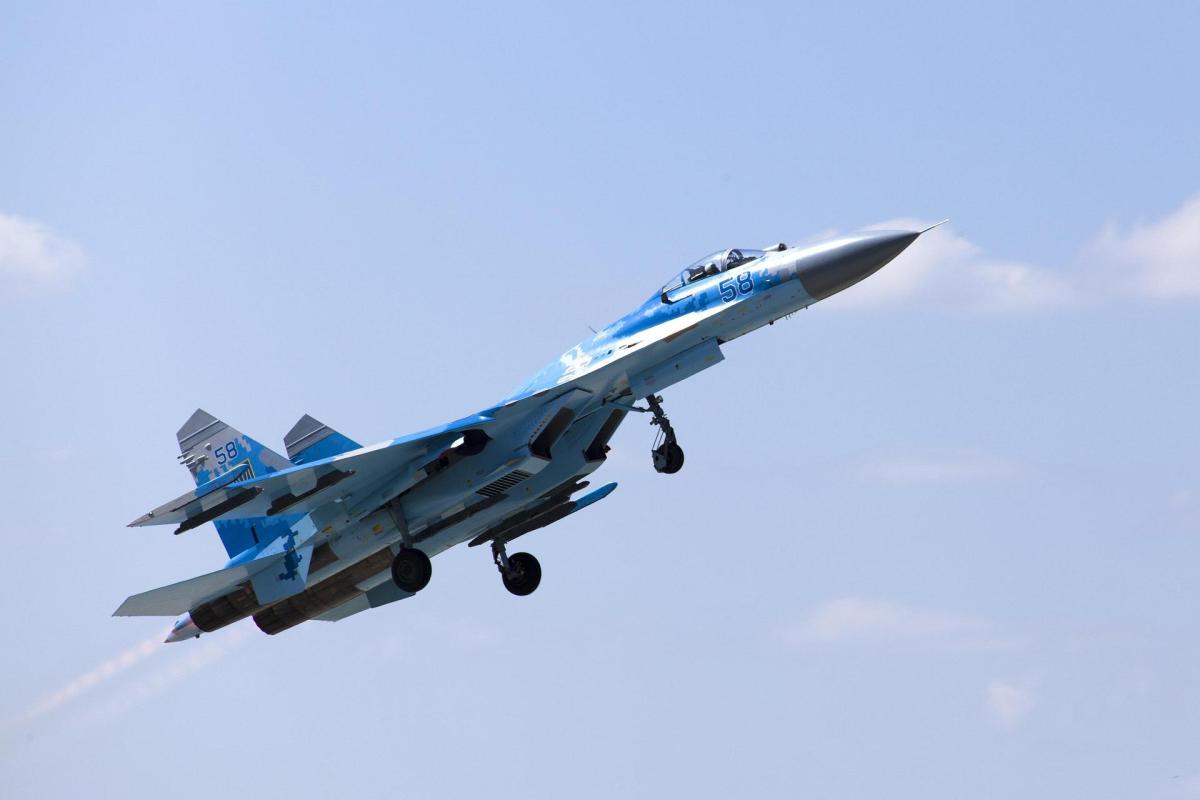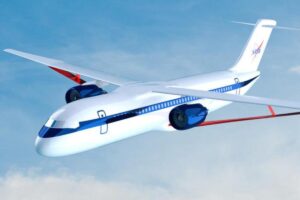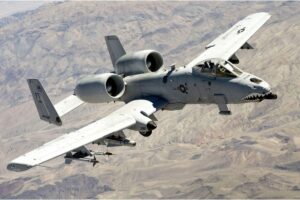Revolutionize Systems with Avionics Protocol Converters
Introduction
Modern avionics systems are composed of an array of sophisticated subsystems and electronic components designed to communicate seamlessly and reliably. As platforms become increasingly complex and integrate legacy, commercial, and custom hardware, ensuring coherent communication between incompatible protocols becomes a paramount challenge. Avionics protocol converters play a critical role in addressing this challenge by enabling data exchange across heterogeneous platforms without compromising system integrity, performance, or certification requirements.
This white paper provides a comprehensive examination of avionics protocol converters, focusing on their function, types, system benefits, use cases, technical architecture, regulatory considerations, and future innovations. By understanding the transformative role of these devices, system architects, engineers, and procurement professionals can make more informed decisions when designing and upgrading avionics communication systems.
1. The Need for Protocol Conversion in Avionics
1.1 Increasing Complexity of Avionics Systems Avionics platforms include navigation, communication, surveillance, flight control, engine monitoring, and environmental management systems. Each subsystem may be developed using different communication standards, driven by availability, performance, certification history, or vendor preference. This diversity creates communication silos that inhibit centralized data management and decision-making.
1.2 Legacy System Integration Military and commercial aircraft are often designed for decades of operation. As new systems are integrated over time, legacy components—many using outdated communication protocols—must interface with modern equipment. Protocol converters bridge these generational gaps, eliminating the need for costly system overhauls.
1.3 Multivendor Equipment Ecosystems Platforms developed through multinational or multivendor efforts often result in subsystems built to varying standards such as ARINC 429, MIL-STD-1553, RS-422, Ethernet, CAN, and proprietary formats. Converters allow each of these elements to function as a cohesive unit.
2. What Is an Avionics Protocol Converter?
2.1 Definition and Purpose An avionics protocol converter is a hardware or software device that translates communication data from one protocol to another in real time, allowing otherwise incompatible components to interact. These converters address differences in data format, timing, voltage levels, and command structures.
2.2 Common Conversion Scenarios
- MIL-STD-1553 to Ethernet
- ARINC 429 to RS-422
- CAN Bus to ARINC 825
- SYNCHRO to Digital
- Ethernet to ARINC 664 (AFDX)
2.3 Real-Time Operation Avionics protocol converters are designed to operate in real time or near-real time, ensuring minimal latency in critical systems such as flight control, weapons management, or navigation.
3. Key Protocols in Avionics Communication
3.1 ARINC 429 A widely adopted commercial aviation data bus standard that uses unidirectional, point-to-point communication at data rates of 12.5 or 100 kbps. Known for its simplicity and reliability.
3.2 MIL-STD-1553 Used primarily in military aircraft, this bidirectional protocol supports multiple terminals on a redundant bus. It provides deterministic communication, error checking, and fault tolerance.
3.3 RS-422/RS-485 These are electrical standards for balanced serial communication over twisted pair cabling. RS-422 supports one driver and multiple receivers, ideal for telemetry and monitoring devices.
3.4 Ethernet (ARINC 664) Modern aircraft increasingly rely on Ethernet, particularly the deterministic flavor known as ARINC 664 Part 7 or AFDX. It offers high-speed, switched network communication suitable for IP-based applications.
3.5 CAN Bus and ARINC 825 Used for real-time control in distributed environments. ARINC 825 is the avionics adaptation of the automotive CAN protocol, suitable for short-distance, high-speed communication.
3.6 SYNCHRO and Resolver Signals Primarily used in older navigation and control systems, these analog signals encode positional data. They require digital conversion to be integrated into modern systems.
4. Benefits of Avionics Protocol Converters
4.1 System Interoperability Converters allow equipment from different eras or vendors to exchange data, fostering unified system performance and simplifying integration challenges.
4.2 Cost Reduction Rather than replacing legacy hardware, converters enable reuse and extension of existing assets, drastically lowering upgrade and integration costs.
4.3 Mission Flexibility Swappable payloads and reconfigurable systems benefit from converters that accommodate varying data protocols without needing custom rewiring.
4.4 Certification and Airworthiness Converters that are built to industry standards (DO-160, DO-254, DO-178C) ensure compliance with aerospace certification requirements, easing the pathway to regulatory approval.
4.5 Simplified Architecture Reducing the need for dedicated point-to-point wiring or complex backplanes, converters enable cleaner, modular architectures.
5. Technical Architecture of Protocol Converters
5.1 Input and Output Interfaces Converters are equipped with physical ports and line drivers/receivers specific to each protocol. These may include transformer coupling (for 1553), differential receivers (RS-422), or RJ-45 Ethernet ports.
5.2 Processing Core At the heart of the converter is an FPGA, DSP, or microcontroller that handles protocol translation logic, timing alignment, error detection, and message formatting.
5.3 Firmware and Software Layers The embedded software manages configuration, timing, message buffering, and optional filtering or routing logic. Some converters include GUI-based configuration tools.
5.4 Power Supply and Environmental Protection Designed to meet DO-160 standards, converters may be equipped with EMI shielding, vibration dampening, wide-temperature operation, and conformal coatings.
5.5 Redundancy and BIT High-reliability converters support built-in test (BIT), dual-bus redundancy, and failover logic to ensure continued operation in mission-critical applications.
6. Converter Applications and Use Cases
6.1 Avionics Modernization Programs Older aircraft can integrate new mission computers, displays, and sensors using converters to bridge communication gaps.
6.2 Unmanned Aerial Systems (UAS) Compact, low-power converters are vital in integrating high-performance avionics within weight and power constraints.
6.3 Ground and Naval Platforms Military vehicles and ships often combine commercial and defense technologies. Converters allow seamless integration of navigation, control, and surveillance subsystems.
6.4 Simulators and Test Rigs In test environments, converters help emulate real aircraft behavior by converting signals between simulated and real hardware.
6.5 Satellite and Space Systems In space-constrained environments, converters allow integration of low-power legacy components with robust modern communication buses.
7. Challenges in Protocol Conversion
7.1 Timing and Latency Constraints Ensuring deterministic timing, especially for flight-critical data, requires precise buffer management, synchronization, and clocking schemes.
7.2 Message Framing and Data Integrity Translating between packetized (Ethernet) and word-based (ARINC or 1553) protocols involves framing and error checking. CRCs and parity checks must be implemented correctly.
7.3 Configuration Complexity Converters must offer flexible mapping and routing configurations to support complex integration scenarios while remaining user-friendly.
7.4 Environmental Survivability Shock, vibration, EMI, and temperature fluctuations necessitate rugged design, particularly in military and aerospace applications.
7.5 Certification and Documentation Aerospace applications require thorough validation, traceability, and documentation. Vendors must provide tools and data to support system-level certification.
8. Industry Standards and Compliance
8.1 DO-160 (Environmental Testing) Specifies testing procedures for airborne equipment. Protocol converters must demonstrate survivability across temperature, altitude, EMI, humidity, and vibration conditions.
8.2 DO-254 (Hardware Development) Ensures robust design of complex electronic hardware. Applies to FPGAs and custom logic within converters.
8.3 DO-178C (Software Assurance) Applicable to firmware and application-level software, requiring rigorous development and verification processes.
8.4 MIL-STD-461 and MIL-STD-810 Address EMC and ruggedness for military applications, including shock, vibration, and environmental sealing.
8.5 NATO STANAG Interoperability In multinational operations, converters must support NATO standards to ensure joint-force compatibility.
9. Innovations and Future Outlook
9.1 AI-Assisted Conversion Logic Advanced converters may use AI for optimizing message routing, prioritizing traffic, or detecting anomalies in data streams.
9.2 Software-Defined Interfaces Future converters could support software-defined transceivers capable of dynamically switching protocol modes based on system needs.
9.3 Cybersecurity Integration With increasing connectivity, converters must provide encryption, authentication, and secure update paths to prevent cyber threats.
9.4 Modular and Scalable Designs Systems with hot-swappable converter modules will allow rapid reconfiguration and scalability, supporting diverse mission profiles.
9.5 Edge Computing Integration Some converters may include embedded computing capabilities to perform preprocessing, filtering, or analytics at the source.
10. Best Practices for Selection and Implementation
10.1 Requirements Definition Carefully document communication needs, including baud rates, timing constraints, physical interfaces, and safety criticality.
10.2 Vendor Evaluation Choose vendors with proven aerospace experience, strong support, and traceability documentation for hardware and software.
10.3 Integration Planning Plan for connector compatibility, enclosure mounting, heat dissipation, and firmware updates during the design phase.
10.4 System-Level Testing Use full-system simulations to verify timing, message accuracy, and fault tolerance under various scenarios.
10.5 Lifecycle Support Select converters with long-term availability, spares provisioning, and regular firmware maintenance to support long platform life cycles.
Conclusion
Avionics protocol converters are essential enablers of system evolution and integration in modern aircraft and defense platforms. By translating data across diverse protocols—such as ARINC 429, MIL-STD-1553, Ethernet, and RS-422—these devices ensure that legacy and modern components can coexist and communicate. This supports faster system upgrades, reduced costs, improved mission flexibility, and streamlined certification. As technologies evolve toward software-defined architectures and edge intelligence, protocol converters will remain vital for achieving unified, secure, and adaptable communication systems across all domains of aerospace and defense.





